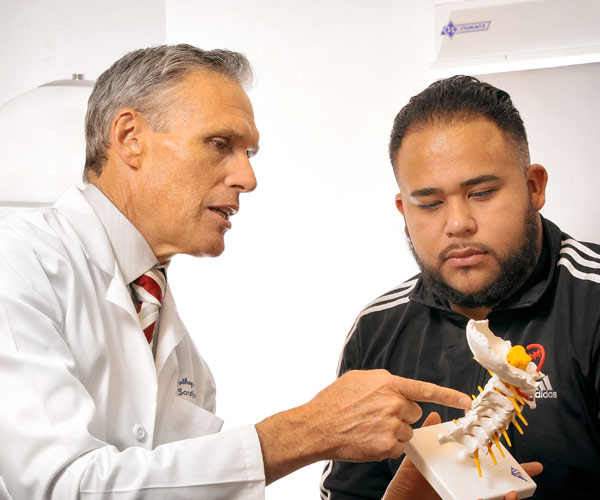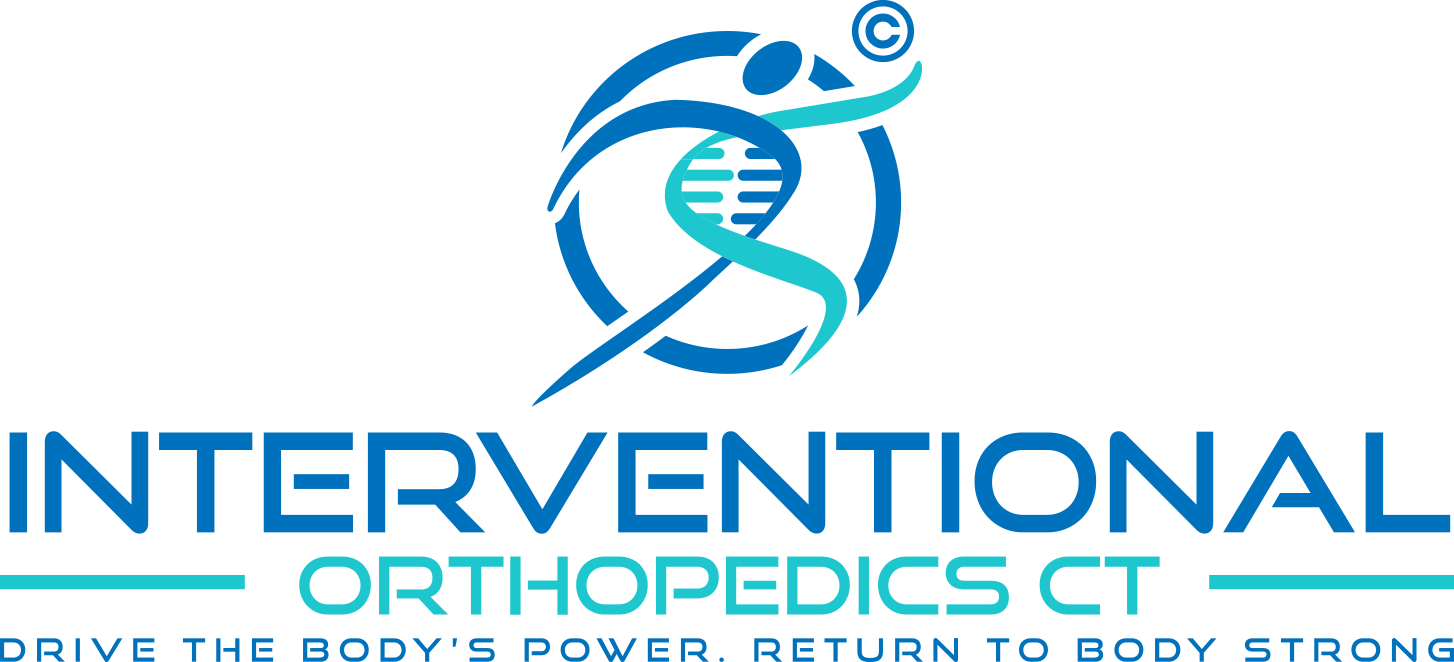Sacroiliac Joint Pain
About Sacroiliac (SI) Joint Pain
 Sacroiliac joint pain is most often caused by sacroiliac joint dysfunction, which is due to an improper or mechanically altered movement of the joints at the bottom of your spine. The sacroiliac joint is a very strong joint with very little movement that connects the bottom of your spine to your hip bones. It is where the considerable weight of the upper body is transferred to through the pelvis and to the legs.
Sacroiliac joint pain is most often caused by sacroiliac joint dysfunction, which is due to an improper or mechanically altered movement of the joints at the bottom of your spine. The sacroiliac joint is a very strong joint with very little movement that connects the bottom of your spine to your hip bones. It is where the considerable weight of the upper body is transferred to through the pelvis and to the legs.
Causes of Sacroiliac (SI) Joint Pain
Like any joint in the body, the SI joint is subject to aging in which degeneration of the joint can occur. Abnormal joint movement causes joint dysfunction and can contribute to and accelerate this degenerative process. Too much joint movement, or “hypermobility”, can result in joint instability. Too little movement or “hypomobility” results in “fixation” of the joint. Either instability or fixation of the joint can result in pain. The joint is commonly injured in trip and fall injuries and can occur with mis-steps as when missing the last step on a staircase or stepping into a hole.
Symptoms of Sacroiliac (SI) Joint Pain
Symptoms of sacroiliac joint problems result in pain that can be felt anywhere in the lower back, buttocks, or in the legs. Pain can radiate into the leg but generally not below the knee. It can mimic hip pain where patients complain of pain in the buttocks with radiation into the groin. Patients most often complain of pain when walking. As with other arthritic joint pain, the pain can be worse after holding one position either sitting or standing for too long and then trying to move. It is often worse first thing in the morning. Chronic SI joint pain can make it difficult to perform common daily tasks, work and participate in the athletic and sports activities you enjoy.
Non Surgical Treatment for Sacroiliac (SI) Joint Pain
Non- surgical treatment for sacroiliac joint pain consists of pain control followed by treatment to address joint dysfunction. Non- surgical treatment for SI joint dysfunction might include ice, ice packs, compression and support braces that can provide immediate support for the pelvis and the sacroiliac joint. Physical therapy is used to address malalignment in the joint and to strengthen and balance hip muscles. This can serve to normalize motion in the joint and provide a “muscular corset” for support. Chiropractic adjustments may be helpful to mobilize a ‘fixed’ joint and increase motion. Oral pain medications such as Tylenol or non-steroidal anti-inflammatory medications are helpful. For patients who still have pain, injections of steroids can help to control painful inflammation within the joint and temporarily restore somewhat normal function. Unfortunately, in the long run, steroids contribute to degenerative processes within the joint that result in the progression of osteoarthritis.
To learn more and get help for sacroiliac join pain please Schedule an Appointment with Regenerative Orthopedic & Sports Medicine Specialist Daniel Southern, M.D. in Danbury or Wilton in Fairfield County Connecticut by calling 203-456-5717.


Regenerative Orthopedic Medicine Treatment for Sacroiliac (SI) Joint Pain
Regenexx® Procedures provide non-surgical treatment options for those suffering from pain related to osteoarthritis, joint injuries, spine pain, overuse conditions, and common sports injuries. These medical procedures are only performed by highly-skilled doctors and are used to help reduce pain and improve function. Regenexx procedures have helped thousands of patients improve their quality of life, return to the activities they enjoy, and avoid the need for surgery or joint replacement*.
Regenexx Physicians represent a very selective, highly-skilled, interventional orthobiologics network that is 100% focused on orthopedic conditions. All Regenexx physicians are musculoskeletal experts with extensive training and experience in the diagnosis and treatment of musculoskeletal conditions, as well as complex, image-guided injections of your body's own healing agents to treat orthopedic issues. Regenexx patient outcomes are tracked in a registry and with that information, we provide transparent outcome data (below) for those who may be considering this treatment option.
Want to find out if you are a Regenexx Candidate? Complete the Candidate Form.
